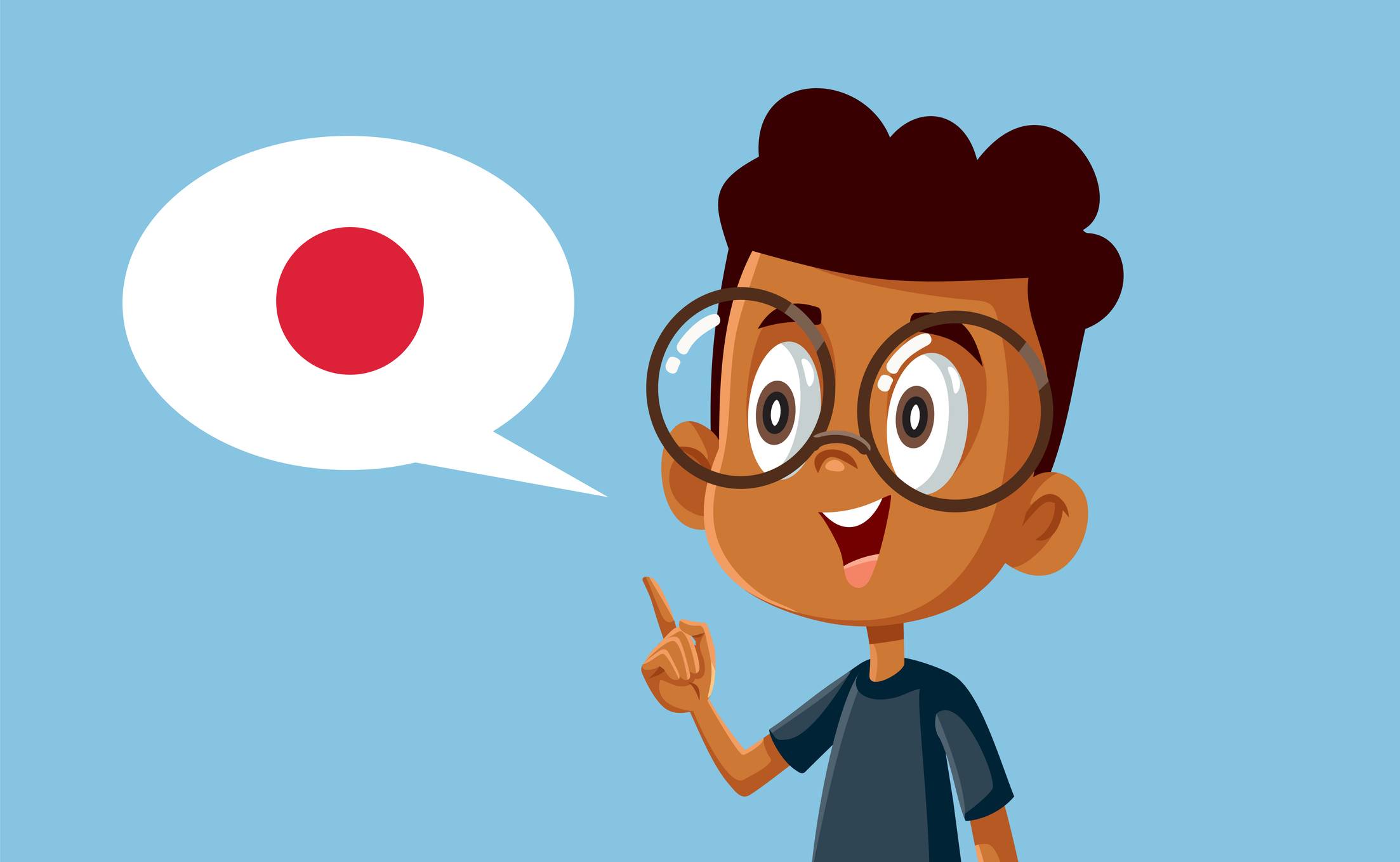When I started learning to speak Japanese, my teacher told me to stay fairly monotone. English, she said, is like a song. Japanese? That's more like a machine gun.
While Japanese may seem rather "flat," listen carefully and you'll hear some fluctuation thanks to what is known as pitch-accent.
Pitch-accent, known as 高低アクセント (kōtei akusento) in Japanese, is the term used to describe when a language prominently sounds syllables or words by changing the pitch, rather than the volume. For example, あめ (ame) can mean “rain” (雨) or “candy” (飴) depending on whether the pitch goes high-low (rain) or low-high (candy). In fact, there are four pitch-accent patterns in Japanese: 頭高 (atamadaka), which goes high-low; 中高 (nakadaka), which goes low-high-low; 尾高 (odaka), which goes low-high; and 平板 (heiban), which means flat. More on these later.


















With your current subscription plan you can comment on stories. However, before writing your first comment, please create a display name in the Profile section of your subscriber account page.